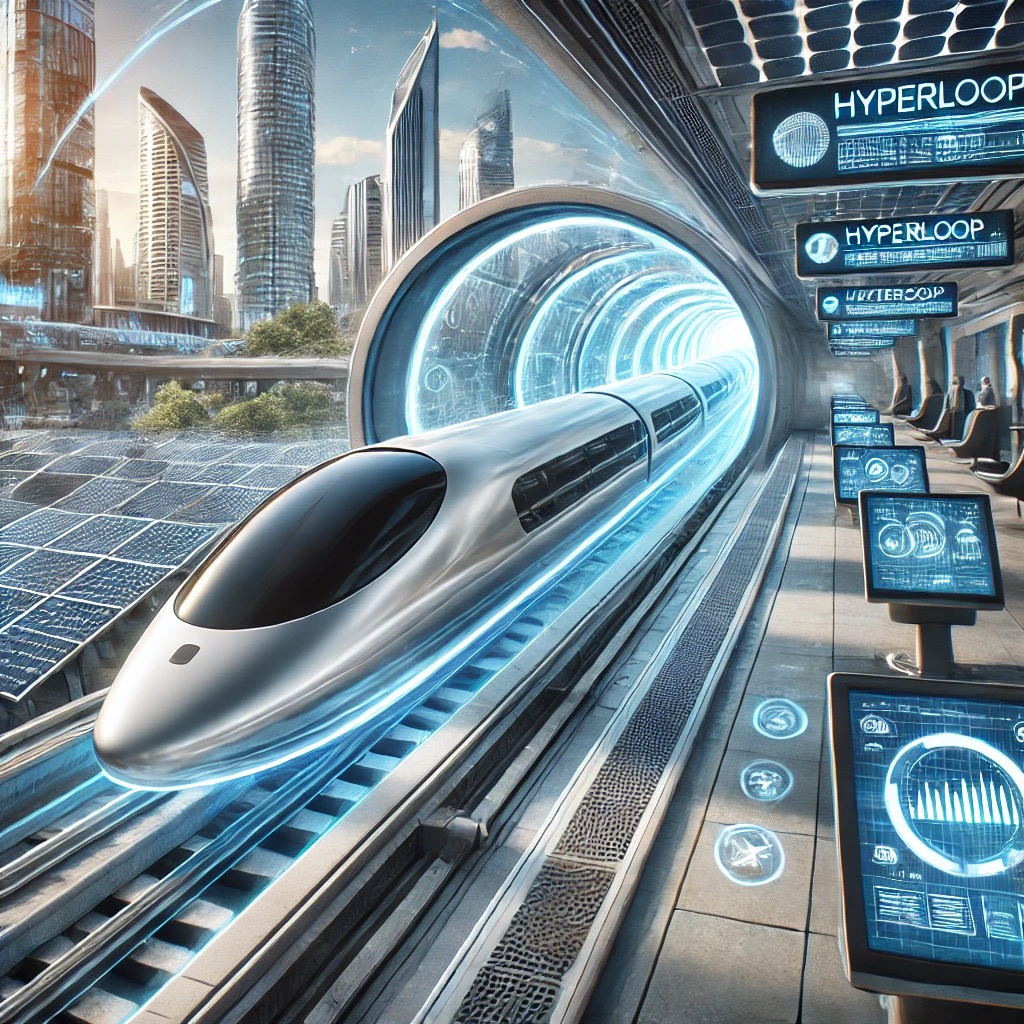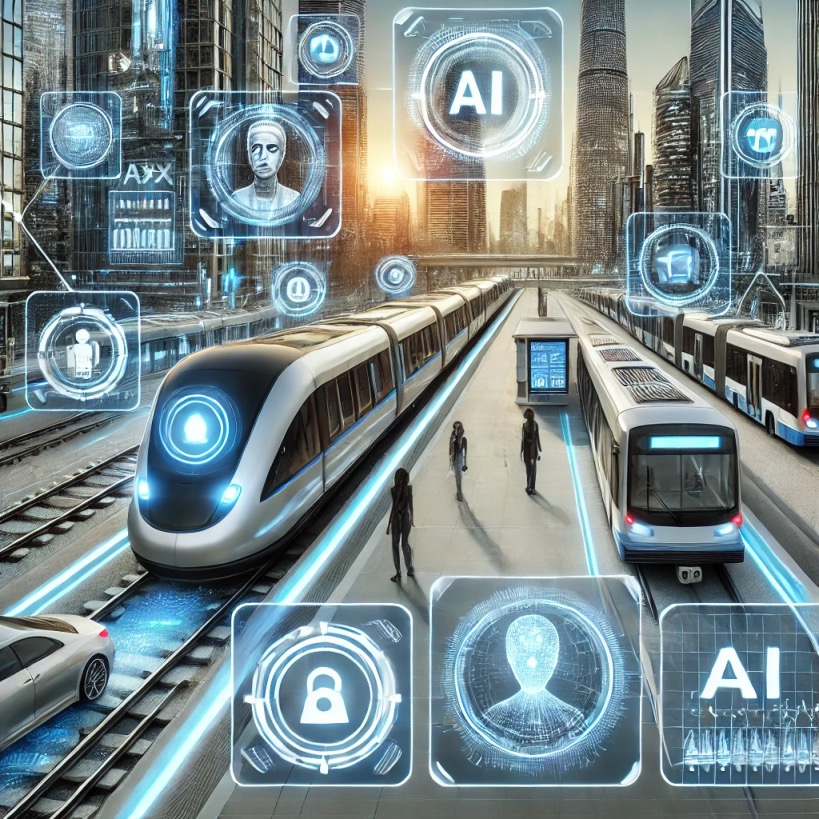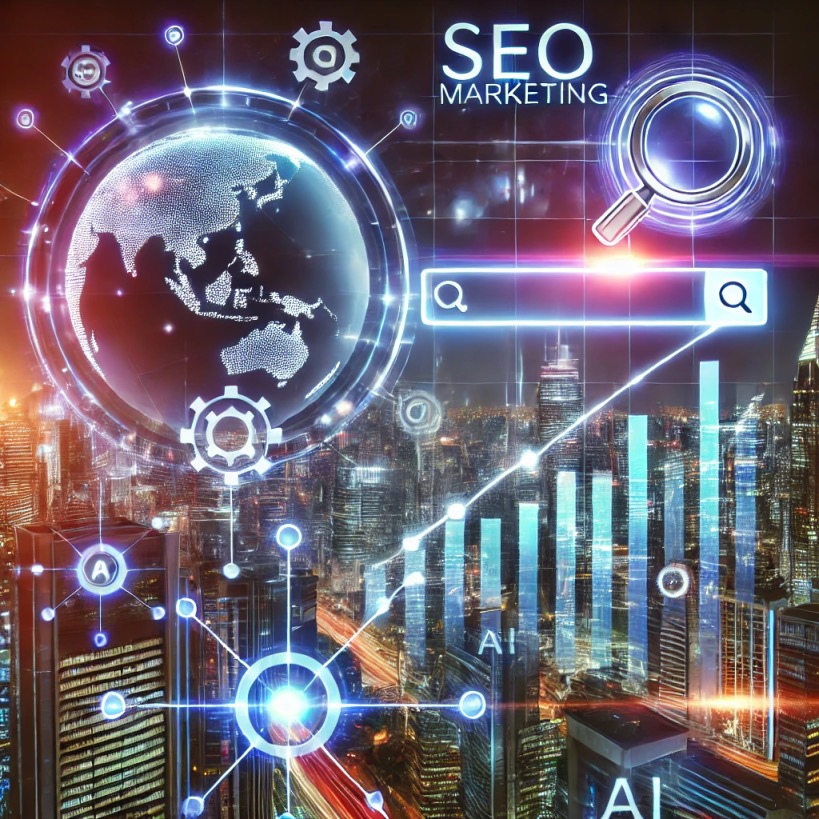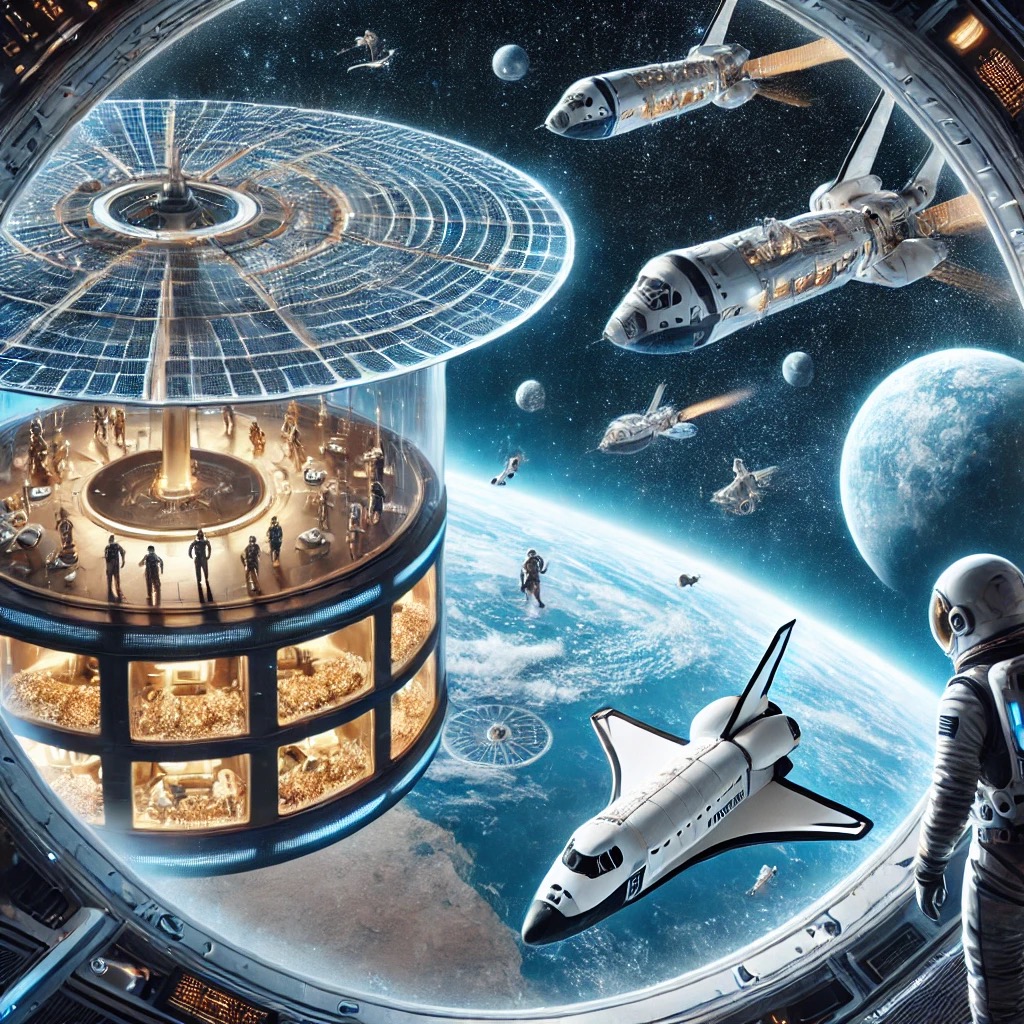Let me start by recalling what I know about current trends in urban transit. There’s a big push towards sustainability, reducing congestion, and integrating technology. High-tech solutions probably include things like autonomous vehicles, electric public transport, smart infrastructure, maybe even hyperloops or flying taxis.

As cities grow denser and climate concerns intensify, urban transportation is undergoing a tech-driven revolution. High-tech mass transit systems promise to tackle congestion, pollution, and inefficiency while redefining how people move. Here’s a glimpse into the innovations reshaping urban mobility:
1. Autonomous and Electric Mass Transit
- Self-Driving Buses & Trains:
- Cities like Singapore and Helsinki are piloting autonomous buses that optimize routes in real time using AI.
- Tokyo’s Yurikamome Line operates fully automated trains, achieving 99% punctuality.
- Electric Fleets:
- Shenzhen, China, runs the world’s largest all-electric bus fleet (16,000+ vehicles), cutting CO2 emissions by 48%.
- Bombardier’s Primove trams use wireless charging, eliminating overhead cables.
2. Smart Infrastructure & IoT Integration
- Adaptive Traffic Management:
- Los Angeles’ ATSAC system uses sensors and AI to adjust traffic lights dynamically, reducing delays by 20%.
- Copenhagen’s “Green Wave” syncs traffic signals for cyclists, prioritizing eco-friendly travel.
- Contactless Ecosystems:
- London’s Oyster Card and Hong Kong’s Octopus Card integrate payments across buses, trains, and bikes, while apps like Whim (Helsinki) offer subscription-based multimodal travel.
3. Hyperloop & High-Speed Rail
- Hyperloop:
- Virgin Hyperloop aims to connect cities at 760 mph, with proposed routes like Mumbai-Pune (25-minute travel time).
- Dubai’s DP World plans a hyperloop cargo system to slash port-to-warehouse logistics costs.
- Maglev Trains:
- Shanghai’s Maglev hits 268 mph, while Japan’s Chuo Shinkansen (2027) will link Tokyo to Osaka in 67 minutes.

4. Data-Driven Mobility
- Predictive Analytics:
- Transport for London (TfL) uses AI to forecast crowding and reroute services during peak hours.
- Moovit aggregates user data to optimize public transit schedules in 3,000+ cities.
- Mobility-as-a-Service (MaaS):
- Platforms like UbiGo (Sweden) bundle trains, bikes, and rideshares into a single app, reducing private car reliance.
5. Sustainable Innovations
- Hydrogen-Powered Transit:
- Germany’s Coradia iLint is the first hydrogen-powered passenger train, emitting only water vapor.
- South Korea plans to deploy 1,000 hydrogen buses by 2030.
- Solar Roads & Kinetic Energy:
- France’s Wattway solar roads generate electricity for streetlights, while London’s Pavegen tiles harvest energy from foot traffic.
6. Urban Air Mobility (UAM)
- Drone Taxis & eVTOLs:
- Joby Aviation and Volocopter test electric vertical takeoff aircraft for urban air taxis, targeting 2025 launches in cities like Singapore and Los Angeles.
- UPS Flight Forward delivers medical supplies via drones in Raleigh, NC.
Challenges to Overcome
- Cost & Infrastructure: Retrofitting cities requires massive investment ($50B+ for U.S. high-speed rail proposals).
- Equity: Ensuring low-income communities access tech-driven transit (e.g., smartphone-free ticketing).
- Regulation: Lagging policies for autonomous vehicles and airspace management.
- Cybersecurity: Protecting connected systems from hacking (e.g., ransomware attacks on San Francisco’s transit network).
The Road Ahead: 2030 and Beyond
- Key Trends:
- 15-Minute Cities: Paris and Melbourne aim to design neighborhoods where work, school, and leisure are a short transit ride away.
- AI-Optimized Networks: Self-healing grids that reroute vehicles during disruptions.
- Space-Efficient Design: Stacked underground bike parks (Tokyo) and modular transit pods.
- Pioneering Projects:
- NEOM’s The Line (Saudi Arabia): A 170-km car-free city with hyperloop and autonomous transit.
- China’s “Straddling Bus”: Elevated electric buses that glide over traffic (prototype tested in Qinhuangdao).
Conclusion
The future of urban transportation lies in seamless, sustainable, and intelligent systems. While challenges like funding and equity persist, cities that embrace high-tech mass transit will lead in livability, economic growth, and environmental resilience. By 2040, urban mobility could be unrecognizable—a blend of silent electric fleets, sky-bound taxis, and hyperloops, all orchestrated by AI. The key? Collaboration between innovators, policymakers, and citizens to ensure no one is left behind. 🚄🚀


